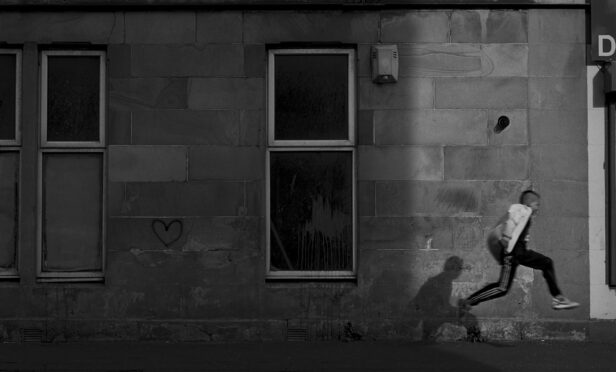
I often wonder how my life might have turned out had my parents remained in Forgewood, where they lived just before I was born.
They stayed in a run-down block of flats in a Motherwell neighbourhood where every day brought new drama. A brick flying through their window; someone nicking the phone box on the street; other folk lifting the skirting boards and doors from empty flats to use as firewood. One of the guys in the close would beat up his wife and didn’t care who knew it.
My parents left as soon as they could afford to, in search of a less volatile environment in which to raise their unborn child.
Not everyone has that option, though. And those without that luxury of choice can expect to pay for it with their life, as analysis by Health Equals confirmed last week.
Using data from the Office for National Statistics, the campaign group has exposed a 12-year chasm between the average life expectancy of babies born in the most affluent parts of the UK compared with those who take their first steps in the country’s most poverty-stricken areas. Kids born in Chelsea, London, can expect to live until they are 88; that number shrinks to 76 in Glasgow.
As we revealed in our special report last week, the disparity between the life span of the UK’s richest and poorest has been growing for some time. And it shows no signs of stopping. Despite advances in medicine and technology that should have raised health standards for everyone and helped to close the longevity gap, it is instead widening.
Yet we have normalised it. Justified it, even. The politicians with the power to reverse this trend are often the very ones who blame the socio-economically disadvantaged for their unfortunate circumstances. Consider wildly out-of-touch Tory MP Lee Anderson, the party’s deputy chairman no less, who said people wouldn’t need to use food banks if they just learned how to cook and budget better.
Or Tory MP Adam Holloway, who remarked that anyone who gives money to a homeless person is enabling them to buy drink and drugs (they’d “get off the streets an awful lot earlier” if we walked on by, apparently).
Or Tory minister Rachel Maclean, who advised people struggling with the cost of living crisis to simply find a better-paid job. Easy-peasy!
Evidence shows that poverty leads to poor choices – not the other way round. Someone who grows up in a stressful environment may be more likely to develop self-destructive behaviours as a coping mechanism, which in turn affects their ability to work, leading to a lower standard of living and a higher chance of suffering from physical and mental health conditions that ultimately shorten their life span. The roots of health inequality are sprawling and complex, and they are all interlinked. There is no quick fix.
Low income, poor housing, insufficient education, lack of access to healthcare, discrimination; solving one problem is little help to someone if several others continue to drag them down. Awaab Ishak, the toddler who died due to mould exposure, was taken multiple times to his GP, presenting with cold-type illnesses. But after every appointment he was sent back to the damp house that made him sick in the first place.
The only way to close the life-expectancy gap is to have equity of wellbeing placed at the heart of all policymaking in Scotland and the UK. That can only happen if we as a society act with compassion and collectively push – and vote – for it.
If we don’t, the wealthiest among us will continue to punish the poor by denying them the resources they need to live well, and live longer. Nobody’s fate should be determined by the postcode they’re born into.
Natasha Radmehr is a journalist and commentator

Enjoy the convenience of having The Sunday Post delivered as a digital ePaper straight to your smartphone, tablet or computer.
Subscribe for only £5.49 a month and enjoy all the benefits of the printed paper as a digital replica.
Subscribe